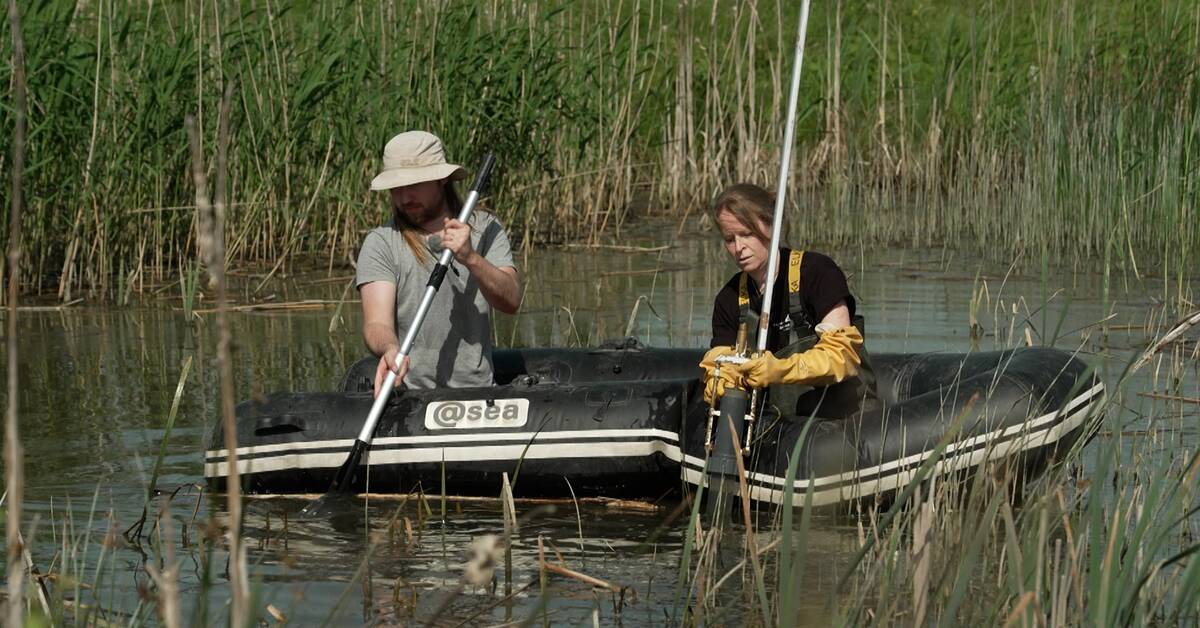The world's wetlands can be compared to nature's kidneys.
They clean environmental toxins, stop climate emissions and eutrophication and give life to a multitude of animals and plants.
In the past, it was believed that at least half of all wetlands have disappeared in recent centuries, but it turns out to be around 20 percent.
- Although it may be that less land has disappeared, our behavior has meant that we still have problems with climate change and eutrophication, which something must be done about.
We must recreate wetlands in the right place for them to have the best effect, says Pia Geranmayeh, who is a wetland researcher at the Swedish University of Agriculture and was not involved in the new study.
Tools for creating new wetlands
Pia Geranmayeh believes that the new global mapping can help in that work.
Where should wetlands be created to reduce eutrophication in lakes and seas?
Which excavated peatlands can be rewetted to reduce climate emissions?
How are endangered species best benefited?
Her research group has developed a tool so that landowners can analyze where wetlands are most beneficial around Mälaren and Hjälmaren, but they hope to be able to expand to the whole of southern and central Sweden in the future.
Sweden hard hit
The new global calculations are based on a compilation of thousands of scientific studies and computer models.
Natural wetlands have mainly been dug up by humans to get more cultivation and land for forestry, but also to be converted into rice fields or to get more land to build houses on.
Most have disappeared in Europe, the USA and China, and in total it is about an area corresponding to the whole of India.
In the video above there is a map showing where the situation is most serious according to the study published in the scientific journal Nature.

